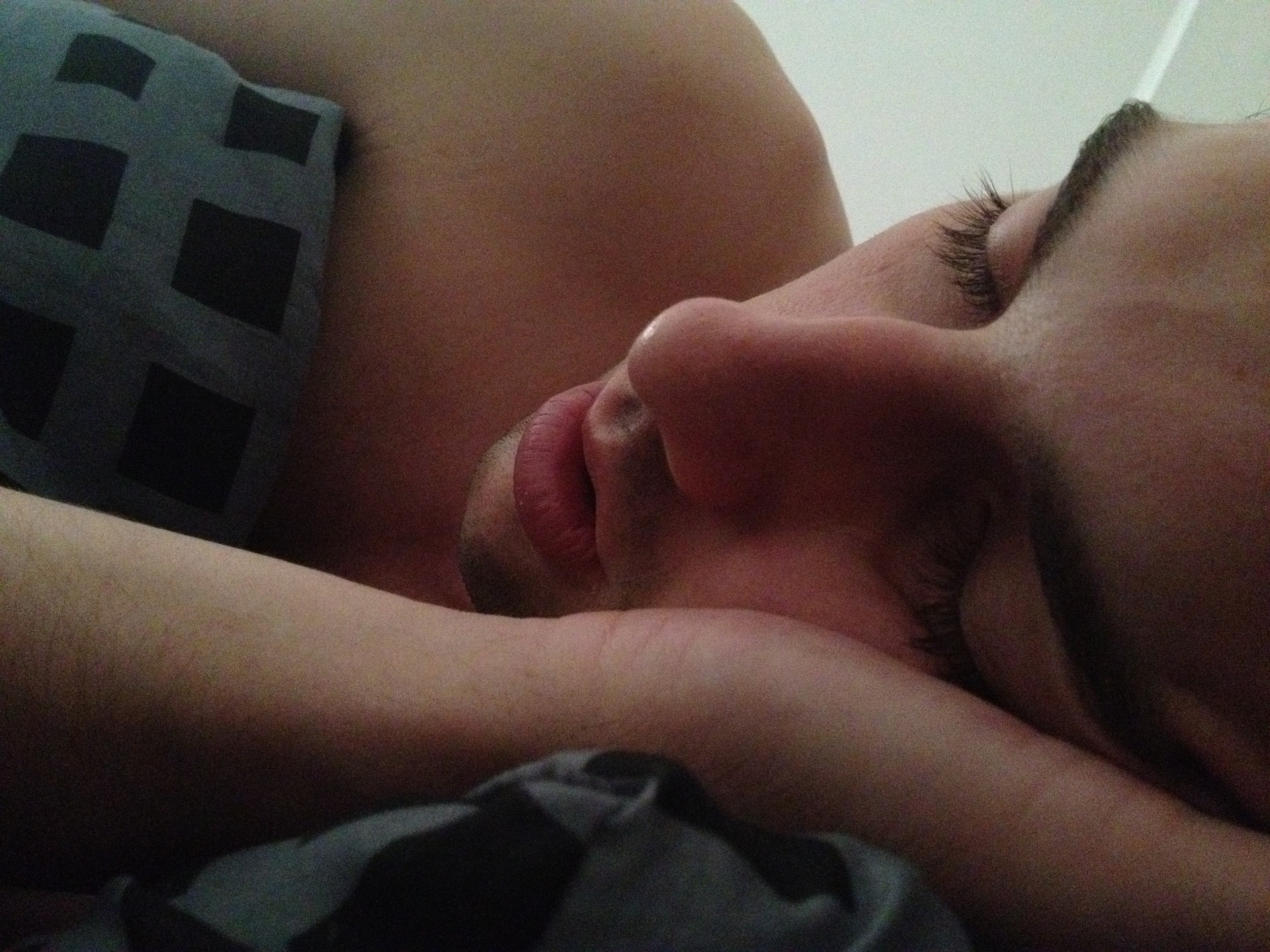In February 2021, even people far-removed from the subject of lucid dreams (LD) heard about it when an international group of scientists led by Karen Konkoly (USA) presented the results of a new study demonstrating the possibility of two-way communication with lucid dreamers. (Even though, similar experiments were conducted by Kristoffer Appel (Germany) in 2013, and by Russian researchers Mironov, Sinin and Dorokhov in 2018.)
In June 2021, at a conference in Moscow, Blokhina and Dorokhov, researchers from the Institute of Higher Nervous Activity and Neurophysiology of the Russian Academy of Sciences, also contributed to this growing body of knowledge. For their experiment, they chose one experienced LD practitioner who was given mathematical problems such as: “What is 6 minus 3? Answer using your breath, then your eyes.” Periodically, the dreamer also received messages to support mindfulness: “You are sleeping! This is an experiment! Remember your goal!” Out of the 10 answers they received 6 were correct and 4 were erroneous.
The possibility of real-time communication opens up new perspectives in the study of the LD phenomenon. Nevertheless, the researchers admit that the existing technique has a number of drawbacks:
1. It is necessary to adjust the volume of messages. The participant should hear them, but not wake up.
2. The dreamer should be given one designated mode of response (eyes or breath). When both options are used, it makes things difficult for the dreamer.
3. A qualitative selection of experienced lucid dreamers is necessary. For example, in the Konkoly team’s study, the main problem was the complete lack of answers to questions (in 62% of cases).
4. Experiments are better carried out at home, in comfortable conditions.
The Russian scientists are planning a larger-scale study using various methods of two-way communication. The authors also want to expand the set of tasks so as not to be limited to math questions.
What tasks would you suggest for lucid dreamers if they can only respond using their eyes and breath?
The conference proceedings were published in October 2021.




